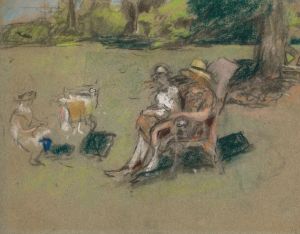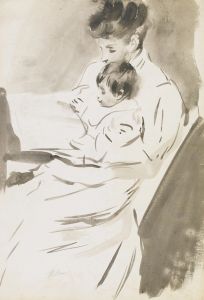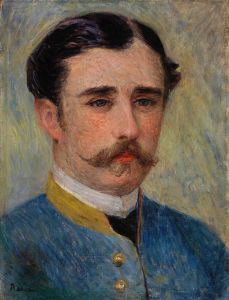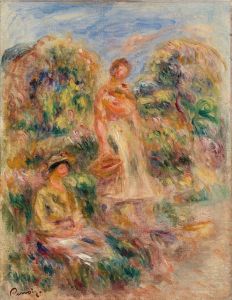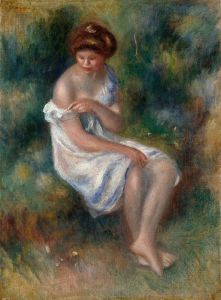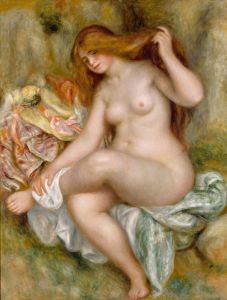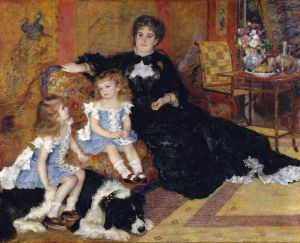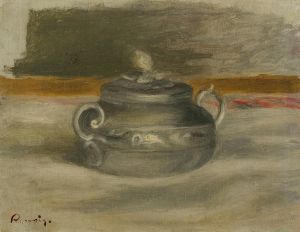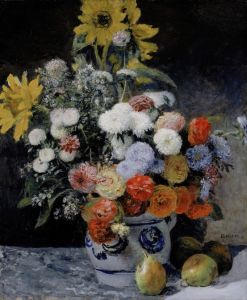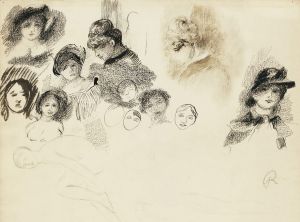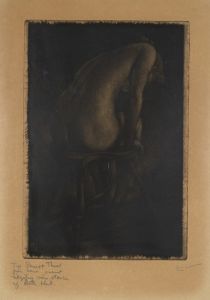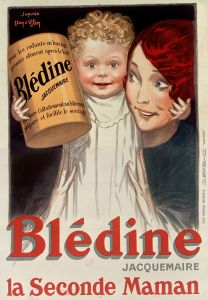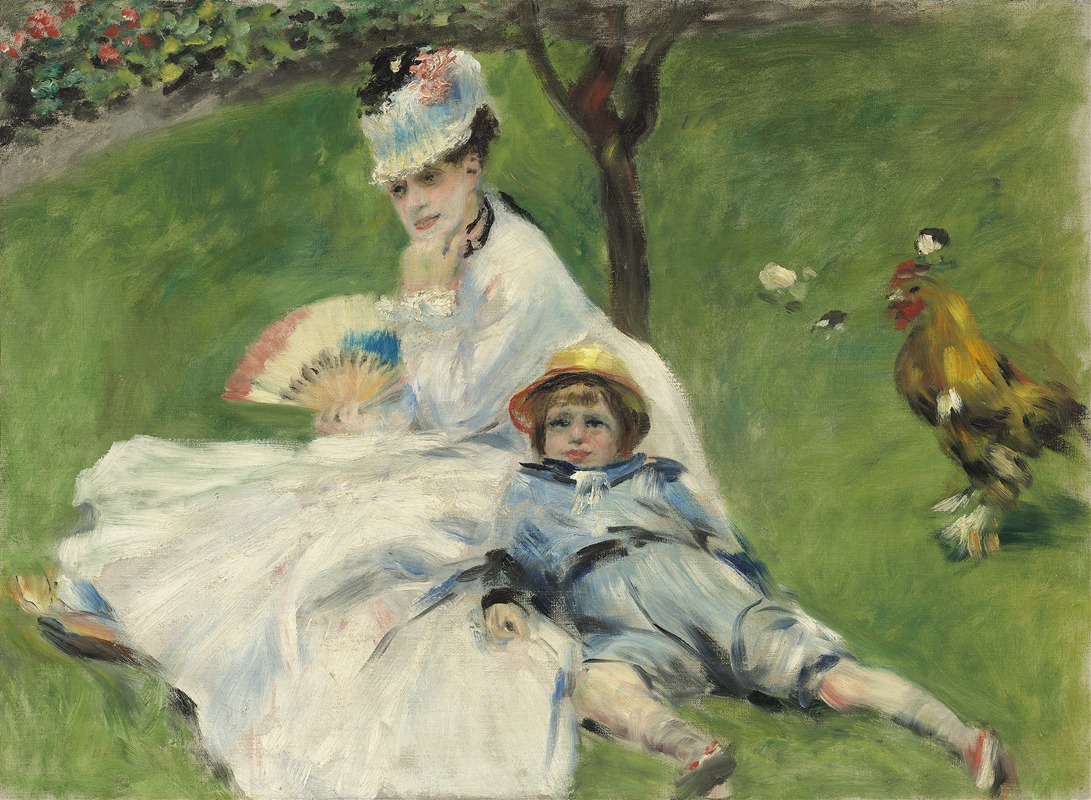
Madame Monet and Her Son
A hand-painted replica of Pierre-Auguste Renoir’s masterpiece Madame Monet and Her Son, meticulously crafted by professional artists to capture the true essence of the original. Each piece is created with museum-quality canvas and rare mineral pigments, carefully painted by experienced artists with delicate brushstrokes and rich, layered colors to perfectly recreate the texture of the original artwork. Unlike machine-printed reproductions, this hand-painted version brings the painting to life, infused with the artist’s emotions and skill in every stroke. Whether for personal collection or home decoration, it instantly elevates the artistic atmosphere of any space.
"Madame Monet and Her Son" is an oil painting created by the French Impressionist artist Pierre-Auguste Renoir in 1874. This artwork is notable for its depiction of Camille Doncieux, the wife of fellow Impressionist painter Claude Monet, and their son, Jean Monet. The painting is a prime example of Renoir's skill in capturing the subtleties of light and color, which are hallmarks of the Impressionist movement.
Renoir painted "Madame Monet and Her Son" during a period when he was closely associated with other leading figures of the Impressionist movement, including Claude Monet, Édouard Manet, and Alfred Sisley. The painting was created in Argenteuil, a suburban area near Paris that was a popular location for many Impressionist artists due to its picturesque scenery and the quality of light.
In the painting, Camille Monet is seated in a garden, wearing a white dress with blue accents, and a straw hat adorned with flowers. She is holding her young son, Jean, who is dressed in a white outfit. The background is filled with lush greenery and dappled sunlight, which Renoir rendered with his characteristic loose brushwork and vibrant color palette. The interplay of light and shadow in the painting creates a sense of depth and atmosphere, drawing the viewer into the serene and intimate moment shared between mother and child.
Renoir's use of color in "Madame Monet and Her Son" is particularly noteworthy. He employed a range of hues to capture the effects of natural light on the figures and their surroundings. The white of Camille's dress and Jean's outfit contrasts with the rich greens of the foliage, while the touches of blue and pink add a sense of harmony and balance to the composition. This use of color and light is a defining feature of Renoir's work and exemplifies the Impressionist focus on capturing fleeting moments and the effects of light on the natural world.
"Madame Monet and Her Son" is also significant for its portrayal of the domestic life of the Monet family. Camille Doncieux was a frequent subject in both Renoir's and Claude Monet's paintings, and her presence in this work highlights the close personal and professional relationships among the Impressionist artists. The painting offers a glimpse into the everyday life of the Monet family, emphasizing the themes of family, motherhood, and the simple pleasures of life that were often explored by the Impressionists.
Today, "Madame Monet and Her Son" is housed in the National Gallery of Art in Washington, D.C. It remains a beloved example of Renoir's mastery of the Impressionist style and his ability to convey the beauty and intimacy of everyday moments. The painting continues to be celebrated for its technical brilliance, its emotional depth, and its contribution to the legacy of Impressionist art.





